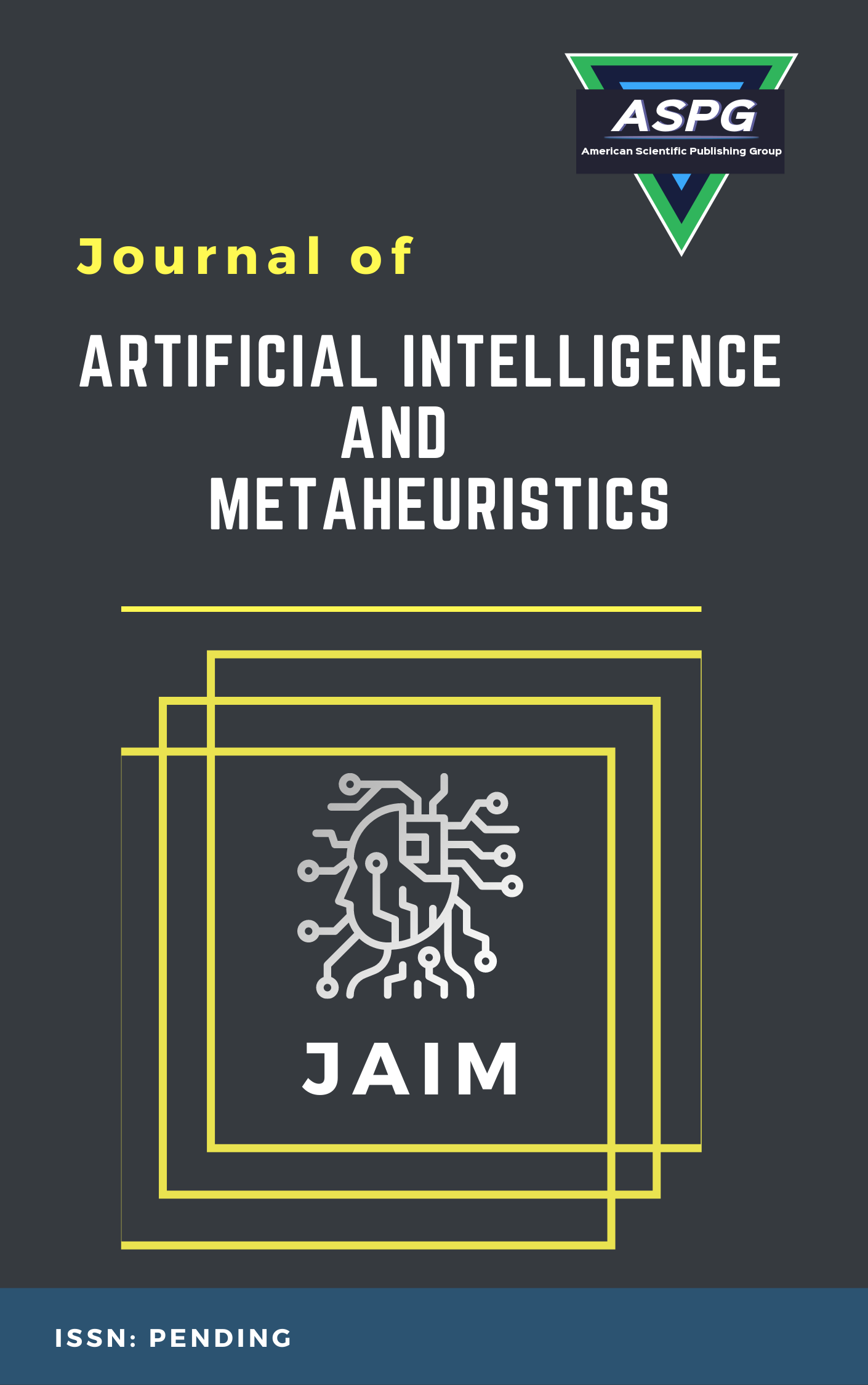

Volume 4 , Issue 1 , PP: 34-42, 2023 | Cite this article as | XML | Html | PDF | Full Length Article
Sunil Kumar 1 * , Abdelaziz A. Abdelhamid 2 , Zahraa Tarek 3
Doi: https://doi.org/10.54216/JAIM.040104
Mathematical programming can express competency concepts in a well-defined mathematical model for a particular. Convolutional Neural Networks (CNNs) and other deep learning models have shown exceptional performance in image categorization tasks. However, questions about their interpretability and reliability are raised by their intrinsic complexity and black-box nature. In this study, we explore the visualization method of Gradient-Weighted Class Activation Mapping (GRAD-CAM) and its application to understanding how CNNs make decisions. We start by explaining why tools like GRAD-CAM are necessary for deep learning and why interpretability is so important. In this article, we provide a high-level introduction to CNN architecture, focusing on the significance of convolutional layers, pooling layers, and fully connected layers in the context of image categorization. Using the Xception model as an illustration, we describe how to generate GRAD-CAM heatmaps to highlight key areas in a picture. We highlight the benefits of GRAD-CAM in terms of localization accuracy and interpretability by comparing it to other visualization techniques like Class Activation Mapping (CAM) and Guided Backpropagation. We also investigate GRAD-CAM's potential uses in other areas of image classification, such as medical imaging, object recognition, and fine-grained classification. We also highlight the disadvantages of GRAD-CAM, such as its vulnerability to adversarial examples and occlusions, along with its advantages. We conclude by highlighting extensions and changes planned to address these shortcomings and strengthen the credibility of GRAD-CAM justifications. As a result of the work presented in this research, we can now analyze and improve Convolutional Image Classifiers with greater accuracy and transparency.
Grad-CAM , Convolutional Neural Networks , Interpretability , Visualization , Explainable Ai, Deep learning.
[1] Wang, Haofan, Zifan Wang, Mengnan Du, Fan Yang, Zijian Zhang, Sirui Ding, Piotr Mardziel, and Xia Hu., Score-CAM: Score-weighted visual explanations for convolutional neural networks. In Proceedings of the IEEE/CVF conference on computer vision and pattern recognition workshops, 24-25, 2020.
[2] Vinogradova, Kira, Alexandr Dibrov, and Gene Myers, Towards interpretable semantic segmentation via gradient-weighted class activation mapping. In Proceedings of the AAAI conference on artificial intelligence, 34(10), 13943-13944, 2020.
[3] Selvaraju et al., Choose your neuron: Incorporating domain knowledge through neuron-importance. In Proceedings of the European conference on computer vision (ECCV), 526-541. 2018.
[4] Mohamed Saber, Efficient phase recovery system, IJEECS, 5(1), 2017.
[5] Sequeira Ana F., Wilson Silva, Joao Ribeiro Pinto, Tiago Gonçalves, and Jaime S. Cardoso, Interpretable biometrics: Should we rethink how presentation attack detection is evaluated?. In 2020 8th International Workshop on Biometrics and Forensics (IWBF), 1-6, 2020.
[6] Alshazly Hammam, Christoph Linse, Erhardt Barth, and Thomas Martinetz, Ensembles of deep learning models and transfer learning for ear recognition. Sensors 19(19), 2019.
[7] Chen L., Chen J., Hajimirsadeghi H., & Mori, G., Adapting grad-cam for embedding networks. In Proceedings of the IEEE/CVF Winter Conference on Applications of Computer Vision, 2794-2803, 2020.
[8] Panwar Harsh, P. K. Gupta, Mohammad Khubeb Siddiqui, Ruben Morales-Menendez, Prakhar Bhardwaj, and Vaishnavi Singh, A deep learning and grad-CAM based color visualization approach for fast detection of COVID-19 cases using chest X-ray and CT-Scan images. Chaos, Solitons & Fractals, 140, 2020.
[9] Selvaraju, Ramprasaath R., Michael Cogswell, Abhishek Das, Ramakrishna Vedantam, Devi Parikh, and Dhruv Batra, Grad-cam: Visual explanations from deep networks via gradient-based
localization. In Proceedings of the IEEE international conference on computer vision, 618-626. 2017.
[10] Mohamed Saber, A novel design and implementation of FBMC transceiver for low power applications. IJEEI, 8(1), 83-93, 2020.
[11] Omeiza, Daniel, Skyler Speakman, Celia Cintas, and Komminist Weldermariam. Smooth grad-cam++: An enhanced inference level visualization technique for deep convolutional neural network models. arXiv preprint arXiv:1908.01224, 2019.
[12] Wang, Haofan, Zifan Wang, Mengnan Du, Fan Yang, Zijian Zhang, Sirui Ding, Piotr Mardziel, and Xia Hu, Score-CAM: Score-weighted visual explanations for convolutional neural networks. In Proceedings of the IEEE/CVF conference on computer vision and pattern recognition workshops, 24-25, 2020.
[13] Jonas Stefan, Andrea O. Rossetti, Mauro Oddo, Simon Jenni, Paolo Favaro, and Frederic Zubler. "EEG‐based outcome prediction after cardiac arrest with convolutional neural networks: Performance and visualization of discriminative features. Human brain mapping, 40(16), 4606-4617, 2019.